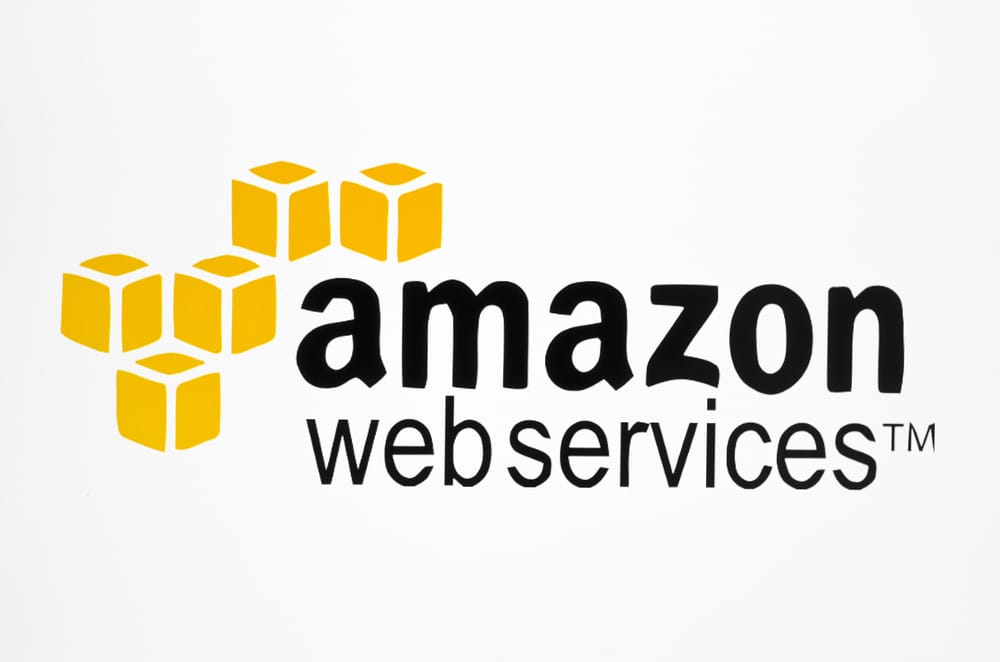AWS Continues to Lead in Cloud Innovation
AWS Strategy and Its Future
Cloud computing is an always growing, always evolving field of technology. For years, Amazon Web Services (AWS) has been the leader in the Platform as a Service and Infrastructure as a Service markets, providing a vast array of software, tools, and data management with incredible flexibility and integrated partner programs to provide the best benefit to its users.
However, their competitors are gearing up to provide fierce competition to try to break that dominant market share. Microsoft has announced that they will be investing heavily in new technologies to expand their cloud offerings, as well as having landed the JEDI contract from the United States DoD, which looks to bolster their development even further.
This has not dampened Amazon’s spirits though, nor do these revelations appear to slow down their plans for innovation and expansion of AWS. With a dogged commitment towards listening to customers and a drive to provide the best services at the most accessible prices, AWS is poised to continue driving innovation in cloud computing in 2020 and beyond.
Always Designing With Users In Mind
One of the core tenants of Amazon Web Services, and its CEO Andy Jassy’s vision of the platform is to make sure it is something that consumers want, find value in, and are happy with. This extends to almost every part of the architecture of the service. Nowhere is this more true than in the AWS Partner Network.
An Ecosystem for All to Flourish
Introduced in 2012, the AWS Partner Network (APN) exists to help technology and consulting businesses who leverage the service to better construct and present offerings on platform by creating an ecosystem of communication and support. Regardless of the size or need of the growing business, the APN exists to ensure that anyone using the Amazon Cloud can better maximize its benefit to their operation.
Communication is at the Core of AWS Innovation
Rather than being treated like a side project, the APN has become a significant factor in Amazon Web Service’s business and design. Though they don’t publish exact numbers and revenue, it has been stated that within the past five years, the APN has grown more than 400 percent. When looking at what Amazon offers partners, its not hard to see why the network has grown so much.
Jassy has made himself available to CEOs of both large and small enterprises, providing a direct way for partners to be understood regarding their wants and needs from the service. This has allowed for over five-thousand pieces of third party software to be made available on the AWS Marketplace from close to 1,500 different vendors.
This is on top of the tens of thousands of other partners that are part of the Amazon Partner Network that help to better AWS through their use. Their knowledge and continued experience with the platform makes them invaluable in helping to further grow it, and help to ensure newcomers are getting the knowledge they need, no matter how they plan to use the infrastructure.
AWS Provides New Services at Unmatched Speeds
Amazon has had a bit of a head start compared to other cloud service offerings given that they were early to market with AWS. Rather than rest on their laurels and slow their output, Amazon has done the opposite.
Releasing new applications all the time, Amazon is constantly working to provide services to businesses of all types. Strategically, they are putting to use what they have learned in their time to also outpace the competition. For some this might seem overwhelming as the release schedule is neverending, but for Amazon, being able to provide a tool or service that can meet any need, and then continuing to iterate on that technology is important to keeping the offerings fresh.
It is not something they plan to slow down either. During re:Invent 2019, Amazon Web Services’ yearly conference about what is coming for the platform, 28 new applications launched on the day of the keynote alone. Some of the major releases included these services:
- Graviton2: A new, more powerful processor developed by Amazon in house, presenting an alternative to Intel and AMD chips that look to provide equal performance at a lower cost.
- Fraud Detector: A new service designed to help companies weed out fake sign-ups and transactions from stolen credit cards, based largely on Amazon’s own knowledge as a digital retailer.
- CodeGuru: Designed with programmers in mind, this service allows for a computer to review a code to make sure that it is running properly. It will have integration with GitHub.
- Kendra: A search protocol that allows for users to search for information stored in enterprise repositories like SharePoint and Box.
- Wave Length: A collaboration with Verizon and other service providers, Wave Length will enable faster cloud computing and storage as 5G arrives.
No Substitute for Experience in Cloud Computing
This pace is able to be maintained, and grown, largely due to Amazon having the lead not only on size, but on time compared to other cloud services.
In an interview with Andy Jassy, he stated “We often say ‘there’s no compression algorithm for experience’,” meaning that there are no shortcuts to being able to get to the size, scale, and stability that AWS operates at. This presents an interesting position to alternatives like Microsoft Azure and Google Cloud, as Jassy states further “its just harder for those companies to have learned some of those lessons until they get to that scale.”
Meanwhile, AWS continues to grow and expand, attempting to keep that gap in experience wide enough that the natural choice for businesses looking into migration to the cloud solutions is their platform.
Hybrid Infrastructure with AWS Outposts
A feature set to release sometime in 2020, AWS Outposts provides an alternative to businesses that wish to keep a hybrid architecture for their data centers. By providing a rack server hardware product, customers will be able to bring Amazon’s cloud infrastructure onto their own premises.
This allows for businesses that require low latency, or local data processing to operate and exist upon the AWS Cloud while not being bound to an off-site region that could affect both of those things dramatically. Outposts can handle data intensive work and are able to process data locally when transmitting it to the cloud is not a viable solution, as well as use them for better back-up and restoration solutions.
The plan is to engage with and allow for Partners to utilize the Cloud to suit their needs. By providing the Outposts, Amazon hopes to facilitate an easier transition for companies that are looking to stat utilizing cloud systems but aren’t quite ready to make a full AWS migration.
Outposts use quite a bit of proprietary technology and infrastructure, which means that AWS will have to be installed with computational and storage space based on your needs and available Outpost options. Amazon will then install the outpost and link it to the AWS Management Console to monitor and execute software upgrades.
New AWS Certifications will also come with the release of Outposts, and there is a stress on the fact that security and access controls must be maintained by the customer to ensure the on-premises safety of the Outpost.
Keeping Pricing Competitive
With the length of time it has existed, the amount of services offered, and the wealth of support provided, it wouldn’t be unreasonable to think that AWS’ premium services come with a premium cost.
However, that couldn’t be further from the truth. Since its launch in 2006, AWS has lowered its prices an impressive 75 times, an are always looking for new ways to save customers money. This is done almost entirely of their own volition, with Jassy stating that most of the price cuts happen “largely in the absence of competitive pressure to do so.”
This bold strategy innovation can help entice new customers to choose Amazon’s offerings over others if they are on the fence about which service is best for them, but it also represents yet another key factor in the commitment to providing the best value possible to businesses and partners.
Still in Early Days
Despite everything that already exists for Amazon Web Services, and everything that has already been announced for the year, we are still in the beginning stages of what cloud strategy offers to customers.
With competition becoming more fierce, and the demand for accessible, well-functioning cloud services growing, the future looks very bright for both the innovations in technology, machine learning, public sector, finance and investment, and the ability for businesses to leverage them.
Seeking to form a symbiotic relationship with businesses a part of its network, AWS seems to be taking its mission and using it to propel themselves to new heights, making sure to bring its partners along with them.








 by
by